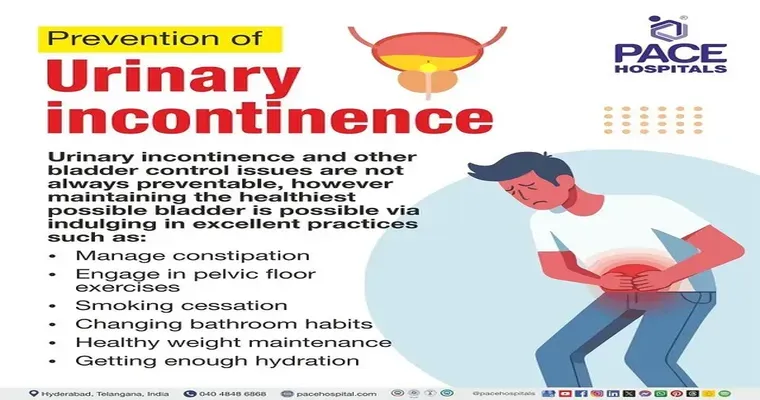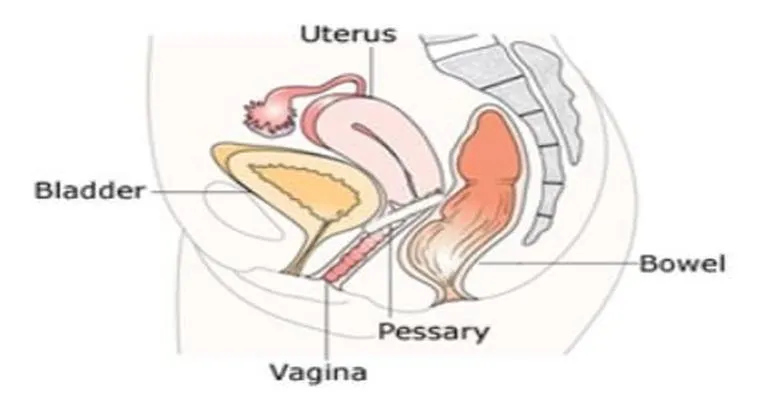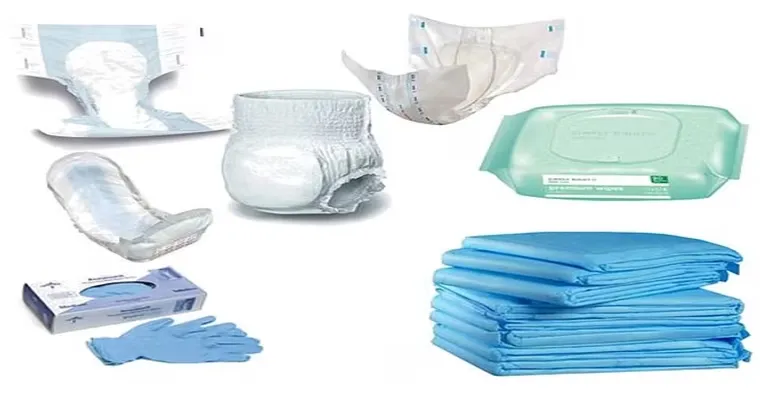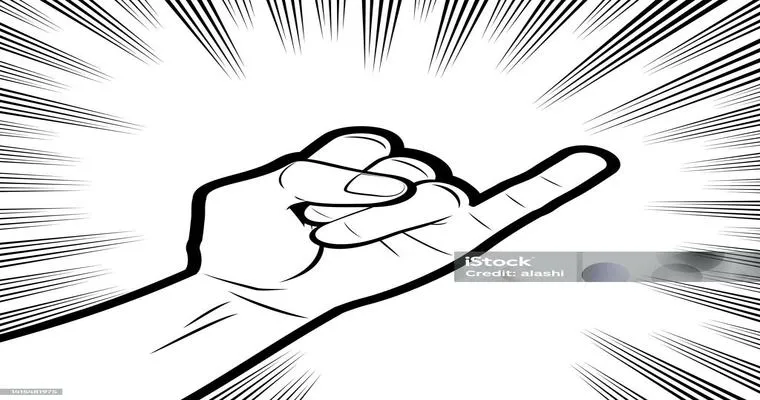"Incontinence" and "bladder control" issues are common challenges faced by the elderly population. As individuals age, the muscles that support the bladder and the urinary tract may weaken, leading to difficulties in maintaining control. This condition can significantly impact the quality of life, leading to embarrassment, social isolation, and even mental health issues. Understanding the causes, types, and management strategies for incontinence is crucial for caregivers and healthcare providers to support the elderly effectively.
Understanding Incontinence
Incontinence refers to the involuntary leakage of urine, which can occur in varying degrees of severity. There are several types of incontinence commonly seen in the elderly:
1. "Urge Incontinence": This type is characterized by a sudden and intense urge to urinate, often leading to leakage before reaching the bathroom.
2. "Stress Incontinence": This occurs when physical activities such as coughing, sneezing, or exercising put pressure on the bladder, resulting in leakage.
3. "Overflow Incontinence": This type happens when the bladder is unable to empty completely, leading to overflow and leakage.
4. "Functional Incontinence": This occurs when physical or cognitive impairments prevent timely access to the bathroom.
Causes of Incontinence in the Elderly
Several factors contribute to incontinence in older adults. These include:
"Age-related changes": Muscles in the bladder and pelvic floor may weaken with age.
"Medications": Certain medications can affect bladder control or increase urine production.
"Chronic health conditions": Diabetes, stroke, multiple sclerosis, and prostate problems can exacerbate incontinence issues.
"Neurological disorders": Conditions that affect the nervous system can disrupt the signals between the bladder and the brain.
Management and Treatment Options
Addressing incontinence in the elderly involves a multifaceted approach. Here are some effective strategies:
1. "Lifestyle Modifications": Encouraging a healthy diet, maintaining hydration, and managing fluid intake can help control symptoms. Limiting caffeine and alcohol may also reduce urgency and frequency.
2. "Pelvic Floor Exercises": Strengthening the pelvic floor muscles through exercises such as Kegels can significantly improve bladder control.
3. "Bladder Training": This involves setting a schedule for bathroom visits to gradually increase the time between urinations.
4. "Medications": Some medications can help manage the symptoms of urge incontinence by calming an overactive bladder.
5. "Absorbent Products": In cases where management is challenging, using adult diapers or pads can provide a practical solution to ensure comfort and confidence.
6. "Surgery": For severe cases of incontinence, surgical options may be considered. These procedures can help restore bladder function and improve quality of life.
Support and Resources
Family members and caregivers play a crucial role in supporting elderly individuals dealing with incontinence. Open communication about the condition can help reduce embarrassment and encourage seeking medical advice. Various support groups and resources are available to provide additional information and emotional support for both caregivers and those affected by incontinence.
Conclusion
Incontinence and bladder control issues are prevalent among the elderly, but they do not have to define one's quality of life. With appropriate management strategies and support, individuals can lead fulfilling lives. It is essential to recognize the signs of incontinence and seek medical advice to explore treatment options tailored to individual needs. By addressing these issues openly, we can help reduce stigma and improve the overall well-being of the elderly population.




